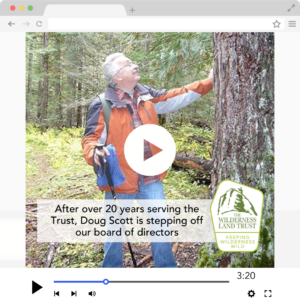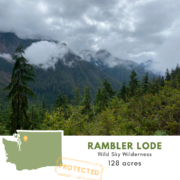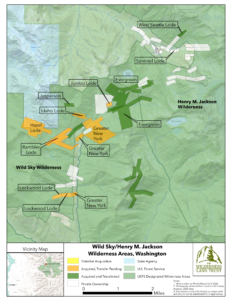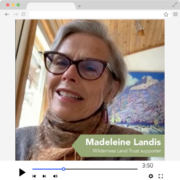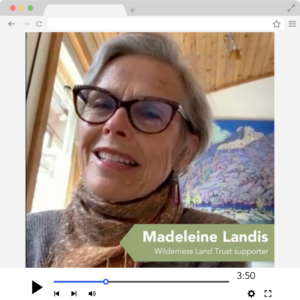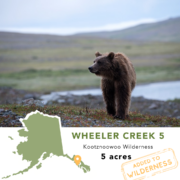Wilderness and the lungs of the planet
July 26, 2024-
Increasingly, summer in the West has become synonymous with wildfire season. As of this week, 89 large wildfires are active in the US and have burned 1,611,409 acres. But the impacts of those fires reach far beyond the communities directly affected by them, as smoke blankets much of the country, reaching through the Midwest and New England and well into the Atlantic Ocean. With it comes impacts ranging from reduced visibility to unhealthy air quality.

Map showing the extent of current wildfire smoke from fire.airnow.gov
It’s hard to say whether to call it irony or a perfect example of the balance and interconnectedness of the natural world that the same forests that cyclically burn also help to purify the air of smoke caused by those fires. Forests are often called the lungs of the world for how they help to remove pollutants from the air, ranging beyond smoke to carbon dioxide, sulfur dioxide, and particulate matter. Our nation’s forests offset around 13% of our greenhouse gas emissions every year. Of course, these benefits are provided beyond the boundaries of wilderness areas: roughly 30% of the US is forested, but only 4.5% is wilderness. Urban trees and forests can be particularly impactful as well, as a single tree can absorb 10 pounds of pollutants and 48 pounds of carbon dioxide each year. Interestingly, some trees are more efficient at removing pollutants from the air: the needles of coniferous trees can continually absorb pollutants for several years, while the broader leaves of deciduous trees have more surface area for particulate matter to attach to. “The various species differed more than we expected. Larch, which is a conifer that sheds its needles each autumn, was best in test. Larch trees absorbed the most particle-bound pollutants, but were also good at capturing gaseous PAHs,” found one study.
Clean air is one of the many benefits that wilderness provides, but it is also one of the requirements of protection of wilderness. While the Wilderness Act does not call out clean air as one of the characteristics of wilderness to be preserved in its natural state, the Clean Air Act does categorize wilderness areas larger than 5,000 acres that were established prior to 1977 (totaling 139 of 806 designated wilderness areas) as the highest level of mandated protection against air pollution (with all other wilderness areas are categorized as the second highest level of protection). Development of private lands in and around wilderness areas can be a major source of local air pollution emissions. By limiting this development we are not only aiding in the protection of wilderness character, we are protecting the forest ecosystems which remove pollution from the air.
More broadly, protecting large connected ecosystems in their natural state allows these natural processes and cycles, which are nothing short of miraculous in their efficiency and ingenuity, to go on unimpeded. While technology can offer additional options for removing pollutants from the air, which will likely be increasingly needed to mitigate the climate crisis, you don’t have to look farther than out your window, at the nearest tree, for the original technology of the lungs of the planet.
Get more wilderness news delivered to your inbox!
By submitting this form, you are consenting to receive marketing emails from: Wilderness Land Trust. You can revoke your consent to receive emails at any time by using the SafeUnsubscribe® link, found at the bottom of every email. Emails are serviced by Constant Contact
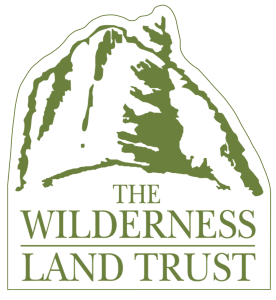
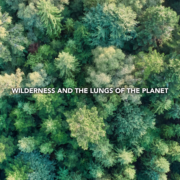
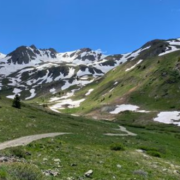
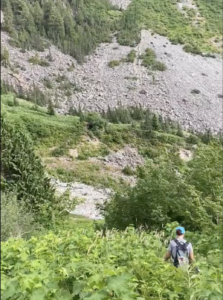 Access: Wild Sky Wilderness, Washington
Access: Wild Sky Wilderness, Washington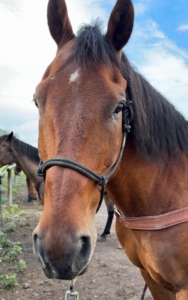 Best Company: Spring Canyon- Gila Wilderness, New Mexico
Best Company: Spring Canyon- Gila Wilderness, New Mexico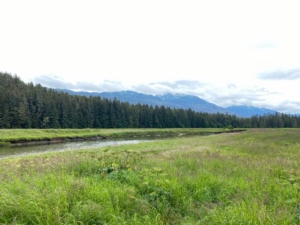 Most Surprising Find: Wheeler Creek- Kootznoowoo Wilderness, Alaska
Most Surprising Find: Wheeler Creek- Kootznoowoo Wilderness, Alaska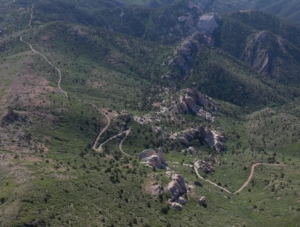 Most Likely to Need Rental Car Insurance: Cougar Canyon Wilderness, Utah
Most Likely to Need Rental Car Insurance: Cougar Canyon Wilderness, Utah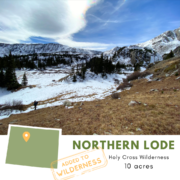
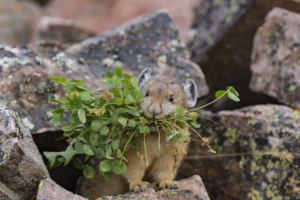 Throughout the property a series of scree slopes and grassy alpine meadows are home to high alpine inhabitants like the American pika. The potato-sized pika is found in the high country throughout the rockies, typically above 8,000 ft. You may have heard their loud squeaking “EEEP” calls or seen them dashing through the talus with mouth full of grasses. In order to make it through the harsh alpine winter without hibernating, the pika will spend all summer stockpiling grass under rocks to dry, creating ‘haypiles’. It’s not uncommon for a single pika to make 25 foraging trips an hour between the talus and meadows through the summer!
Throughout the property a series of scree slopes and grassy alpine meadows are home to high alpine inhabitants like the American pika. The potato-sized pika is found in the high country throughout the rockies, typically above 8,000 ft. You may have heard their loud squeaking “EEEP” calls or seen them dashing through the talus with mouth full of grasses. In order to make it through the harsh alpine winter without hibernating, the pika will spend all summer stockpiling grass under rocks to dry, creating ‘haypiles’. It’s not uncommon for a single pika to make 25 foraging trips an hour between the talus and meadows through the summer!

